Designing the email marketing customer journey
Published on May 21, 2025/Last edited on May 22, 2025/14 min read
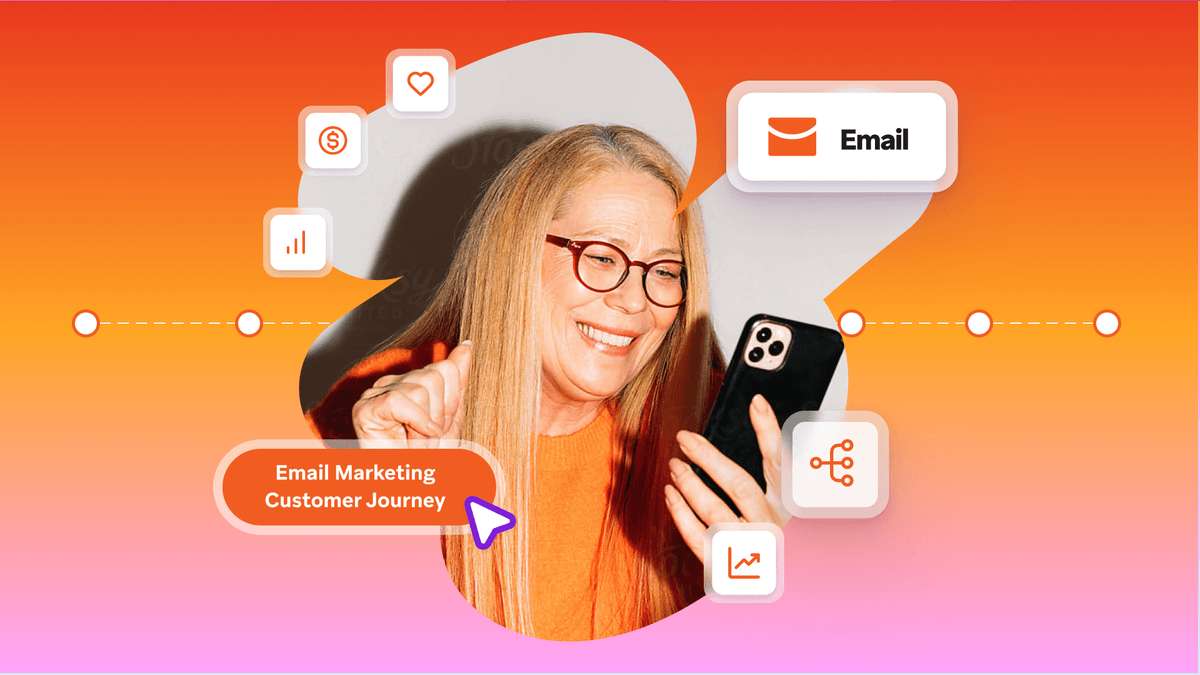
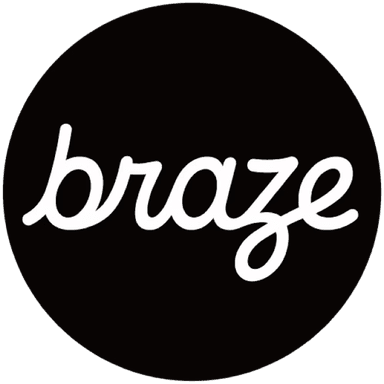
Team Braze
Every great email strategy starts with the customer, not the calendar. That’s why the most effective programs are mapped to the full lifecycle, guiding people from first touch to long-term loyalty with timely, relevant messages that actually reflect where they are.
That’s the heart of the email marketing customer journey. It’s a way to plan, personalize, and automate email flows based on real behavior, rather than assumptions. With the right tools, these journeys become easier to design, quicker to launch, and smarter over time.
In this guide, we’ll walk through the key stages of a high-performing email journey, how to build an email journey map, share real-world examples, and detail what responsive, cross-channel experiences look like.
What is the email marketing customer journey?
The email marketing customer journey is the full lifecycle of interactions a person has with your brand via email, from their very first sign-up to the moments that bring them back again.
Rather than one-off sends or disconnected campaigns, it’s a coordinated experience shaped by customer behavior and context. Each message plays a role—welcoming new users, encouraging the next step, supporting long-term engagement, or reactivating dormant customers.
When managed well, this journey becomes more than a sequence. It becomes a relationship.
Why mapping the email marketing journey matters
Mapping the email marketing journey helps brands shift from one-off sends to coordinated, connected experiences. Instead of hoping the next campaign lands, teams can design pathways that guide customers from sign-up to long-term value—on their terms, in real time.
It also helps teams work smarter. With the right tool, marketers can visualize the full lifecycle, automate responses to customer behavior, and adjust timing or content without bouncing between tools. Everything happens in one place—making it easier to test, iterate, and respond faster.
That kind of orchestration is becoming non-negotiable. According to McKinsey, 76% of customers feel frustrated when they don’t receive personalized experiences. And while expectations rise, marketing teams are under pressure to do more with leaner resources.
A clear journey map gives structure without adding complexity. It supports more relevant messaging, sharper strategy, and email that feels timely, thoughtful, and worth opening.

Stages of the email marketing customer journey
Every strong email program follows a rhythm. By aligning your messaging to each stage of the customer lifecycle, you create a smoother experience and make every message more purposeful.
Below, we’ll walk through the key stages of the email marketing journey, with real examples and tactics to bring each one to life.
Welcome/onboarding
The welcome stage is your first impression—and your best chance to set the tone for what’s to come. A thoughtful onboarding journey can help new users understand your product, complete key actions, and feel confident about engaging further.
That means going beyond a single hello. The most effective welcome flows often include a short series of emails spaced over a few days, gradually introducing value, encouraging the next step, and offering support if needed.
With Braze Canvas, marketers can trigger these journeys based on real-time behaviors, like signing up, downloading an app, or abandoning onboarding mid-way. Canvas makes it simple to personalize each message, branch paths based on user actions using decision splits, and test different approaches to find what resonates.
Suggestions on what to include in your welcome flow:
- A warm intro that reflects your brand voice
- A clear next step (e.g. complete profile, explore features, make first purchase)
- Helpful resources, tips, or FAQs
- A check-in email to re-engage if the user stalls
Engagement campaigns
Once customers are through the door, the goal shifts to keeping them interested. This stage is all about delivering consistent, relevant value—whether that’s product tips, personalized content, or thoughtful nudges that build trust over time.
The key here is timing and context. Trigger messages based on in-the-moment behaviors–a user hits a milestone, browses a certain category, or opens an email but doesn’t click. Rather than guess what someone might want, you respond to what they’re actually doing.
To keep engagement high, mix educational content with lightweight calls to action. Think usage tips, exclusive content, personalized product recommendations, or invites to community features. Use segmentation to match content to lifecycle stage or interests and give customers a reason to keep opening.
Tactics to try in this stage:
- Behavioral-triggered updates (e.g. “You’ve unlocked a new feature!”)
- Personalized content roundups
- Milestone celebration emails
- Surveys to gather insights or preferences
Monetization campaigns
At this point in the journey, your email strategy should help move customers from interest to action, whether that’s making a first purchase, upgrading a plan, or trying a new feature.
Real-time personalization can have a major impact here. Build journeys that react to browsing behavior, purchase history, or time-sensitive triggers, automatically surfacing the most relevant offer for each individual.
Rather than sending the same discount to everyone, use branching logic to tailor your message based on past behavior or likelihood to convert. You can also run A/B tests to optimize subject lines, CTAs, and timing across different segments.
Conversion-focused tactics to try:
- Dynamic product recommendations based on browsing history
- Limited-time offers or countdowns for urgency
- Upgrade nudges for freemium users
- Social proof and customer reviews to build trust
Retention flows
Once someone converts, the focus shifts to keeping them engaged and invested. Retention emails help maintain momentum, encourage repeat actions, and build a sense of connection that goes beyond the transaction.
Orchestrate always-on journeys that adapt based on user behavior—like sending loyalty perks after a certain number of purchases or surfacing fresh content when engagement dips.
At this stage, your emails should feel like a reward for sticking around. They might highlight progress, offer sneak peeks, or invite customers to share feedback. The goal is to show value, reinforce trust, and keep the relationship active.
Ideas for retention-building emails:
- Loyalty rewards or referral incentives
- Usage recaps or progress summaries
- Exclusive subscriber content or early access
- “We thought you’d like this” personalized recommendations
Re-engagement and win-back
Not everyone stays active—and that’s okay. What matters is having a plan to reconnect when someone starts to drift.
Re-engagement flows give you a chance to check in, re-spark interest, or uncover why someone stopped engaging in the first place. Trigger these journeys based on signals like time since last open, drop-off after a key milestone, or inactivity following a purchase.
You can test different reactivation strategies—from exclusive offers to personalized content—to see what actually brings people back. Even if someone doesn’t return, it’s a moment to collect preferences or clean your list thoughtfully.
Tactics for smarter win-back flows:
- Friendly “Still there?” messages with a clear CTA
- Tailored incentives based on previous behavior
- A short survey or preference update request
- Dynamic recommendations that match past interests
The Braze Inspiration Guide is here to help. This collection of 50 inspirational use cases can be easily customized to fit your unique needs and address your unique challenges.
How to build a scalable email journey map
An email journey map is a visual plan for how your messages support the customer lifecycle. It connects the dots between user behavior, lifecycle stage, and your messaging content, all in one place.
To build your own, start by outlining key stages (like onboarding or re-engagement), then map the actions that should trigger a message at each step. Ask: What’s the goal? What behavior should move someone forward? What signals will tell me they’re stuck?
Then, with Braze Canvas, you can turn that plan into a working flow. The drag-and-drop interface makes it easy to build journeys with conditional paths, message variations, and real-time triggers–all without leaving the platform. You can test ideas, adjust logic, and scale what works without rebuilding from scratch. It makes mapping feel manageable and flexible, even for lean teams.

Whether you’re building from scratch or refining what you already have, here’s a step-by-step approach to mapping your journey:
1. Define your lifecycle stages
Break the customer journey into logical stages: onboarding, engagement, conversion, retention, re-engagement. Each stage should have a clear purpose and a measurable goal.
2. Identify key behaviors and triggers
What signals show someone is ready for the next step, or getting stuck? Look for actions like sign-ups, opens, clicks, purchases, inactivity, or in-app milestones.
3. Set objectives for each stage
Clarify what each message (or series) should do. Drive a first purchase? Encourage feature use? Gather feedback? This keeps your journey focused and goal-driven.
4. Plan message timing and content
Decide when to send, how often, and what to say. Consider frequency caps, fallback paths, and personalization elements to keep messages relevant and avoid fatigue.
5. Build and visualize the flow
You can design the entire journey using an intuitive drag-and-drop interface. Add branches, delays, decision splits, and message variations without writing code.
6. Test, optimize, and iterate
Start with a version that’s simple but strategic. Run A/B and multivariate tests, monitor performance, and adjust paths based on real-time engagement data. Small tweaks often lead to big lifts.
Real-world examples of smarter email journeys
What does a well-mapped email journey actually look like in practice? These brands used Braze to build responsive, cross-channel flows that improved onboarding, boosted retention, and re-engaged users at scale. Here’s how they did it—and what they achieved.
Endowus sets the tone with smarter onboarding
Endowus is a Singapore-based digital wealth platform designed to make investing more accessible. It offers expert financial advice and low-cost fund options, helping users invest more confidently and efficiently, often using their public pension funds.
The problem
Onboarding was a critical touchpoint, but the early experience was clunky and largely offline. As the brand launched its mobile app and expanded digitally, the team needed a better way to connect with new users through coordinated messaging.

The solution
With Braze Canvas, Endowus created automated, cross-channel onboarding journeys that used both action-based and time-based triggers. For example, when users moved from submitting onboarding details to opening a broker account, new messages were triggered to guide their next step.
Time-based flows helped collect feedback post-investment via NPS surveys and kept customers engaged throughout the months that followed. They also used segmentation to tailor journeys by referral source, event attendance and investment behavior, and applied frequency capping to avoid over-messaging.
The results
Personalized journeys powered by Canvas drove a 30% increase in email open rates while significantly reducing the time required to launch and manage campaigns. The team continues to test and iterate with confidence, using real-time engagement data to improve outcomes across the customer lifecycle.
Dutch Bros brews a better customer journey with personalized product emails
Dutch Bros is a drive-thru coffee company with 800+ U.S. locations—and a loyal, highly engaged fanbase. While known for its community-driven brand experience, the team wanted to bring that same energy into its digital messaging.
The problem
As Dutch Bros scaled, its messaging stack became fragmented. Emails, SMS, push, and in-app channels were managed separately, making it hard to deliver consistent, personalized journeys. Campaigns took too long to build, and users received disjointed messages that didn’t reflect their preferences or stage in the journey.


The solution
Using Braze Canvas, Dutch Bros built dynamic cross-channel journeys that adapted to individual behaviors. The CRM team used Canvas to send product-specific emails triggered by real-time app actions, like tipping, rewards activity, or purchase history. They also used Braze Catalogs to pull in location-based content and recommendations, personalizing each message with the customer’s name, preferences, and most-visited store.
The results
The new approach drove a 230% increase in ROI from CRM campaigns and delivered 31% cost savings by consolidating multiple tools. Most importantly, it turned email into a more connected, personal part of the Dutch Bros experience—mirroring the kind of 1:1 engagement customers get in store.
TUI sets travel journeys in motion with lifecycle-first messaging
TUI is one of the world’s leading travel and leisure brands, offering flights, cruises, experiences, and accommodations across nine major markets. Their goal is to make every stage of the travel journey easier and more inspiring for their customers.
The problem
As customer acquisition costs rose and third-party cookies began to phase out, TUI needed a more efficient way to drive bookings and connect with travelers across the full lifecycle. Their existing CRM strategy was heavily email-focused, but one-off messages lacked the structure to support real-time engagement at scale.

The solution
TUI redesigned its approach using Braze to build always-on journeys across five key lifecycle stages—from onboarding and inspiration to in-trip support and post-travel re-engagement.
Email remained a foundational channel, but was paired with push, SMS, and in-app messaging to respond in real time. Triggers based on geolocation, past behaviors, and booking data helped tailor content dynamically, while a unified Canvas journey made it easier to coordinate timing and test new ideas.
The results
The shift to lifecycle-first messaging led to:
- a 118% increase in app-based bookings
- a 205% lift in ancillary purchases
- a 78% increase in the share of holidays booked through the app
TUI now runs 40+ always-on messages across mobile and email, replacing manual campaigns with journeys that feel personal and consistent, no matter where customers are in their trip.
Immobiliare.it keeps buyers engaged with real-time, cross-channel alerts
Immobiliare.it is one of Europe’s top real estate platforms, helping users find their ideal home through intuitive tools and tailored search experiences. The brand is built on simplicity, relevance, and staying top-of-mind through what is often a long, high-stakes decision process.
The problem
While Immobiliare.it offered instant alerts for new listings, they struggled to keep users engaged without overwhelming them. Customers were receiving duplicate messages or too many notifications, leading to drop-off during a critical stage in the home-buying journey.

The solution
Using Braze Canvas, Immobiliare.it built behavior-driven journeys that delivered listing alerts across push, email, and in-app messaging, adjusting timing and channels based on each user’s preferences and app usage.
For instance, if a user didn’t open a push notification, an email would follow a few minutes later. Users were dynamically added to Canvas paths based on real-time engagement signals using Braze Alloys partner Mixpanel, allowing for hyper-relevant flows that respected channel preferences.
The results
The approach led to a 28% increase in user retention after 15 days and a 16% boost in interactions with real estate agents. More importantly, it turned the email journey into a reliable touchpoint, supporting both customer value and long-term engagement without adding noise.
Tools to build and optimize your email marketing journey
Email journeys are only as strong as the systems behind them. Without the right tools, even the best ideas can become slow, scattered, or impossible to scale.
Braze Canvas helps teams build journeys that work in real life—not just on paper. You can create and test emails, set up real-time triggers, and personalize each message based on what customers are doing right now. Everything happens in one place, so updates are quicker and campaigns stay connected.
It’s a practical way to turn your email strategy into something repeatable, measurable, and ready to grow.
Email marketing customer journey FAQs
What is the email marketing customer journey?
The email marketing customer journey is the full lifecycle of interactions a person has with your brand via email. It includes stages like onboarding, engagement, conversion, and re-engagement, triggered by user behavior.
Why is mapping the customer journey important in email marketing?
Mapping the customer journey is important in email marketing because it helps brands deliver timely, relevant messages that match user behavior. This can lead to better engagement, stronger relationships, and more efficient use of marketing resources.
What are the main stages in an email marketing journey?
The main stages in an email marketing journey are onboarding, engagement, conversion, retention, and re-engagement. Each stage supports a different goal, from welcoming new users to reactivating dormant ones.
What tools can I use to build automated email journey maps?
To build automated email journey maps, tools like Braze Canvas offer real-time orchestration, cross-channel coordination, and a visual interface that helps marketing teams design and optimize journeys at scale.
Related Tags
Be Absolutely Engaging.™
Sign up for regular updates from Braze.
Related Content
View the Blog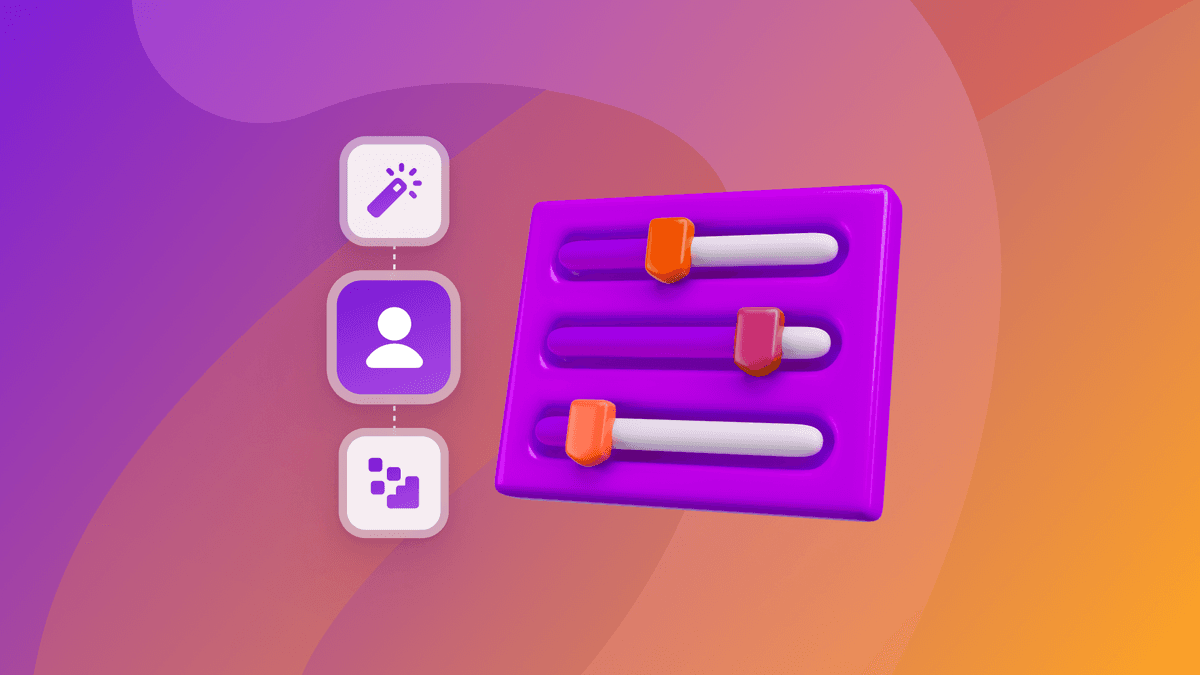
How behavioral marketing turns data into personalized experiences

Team Braze
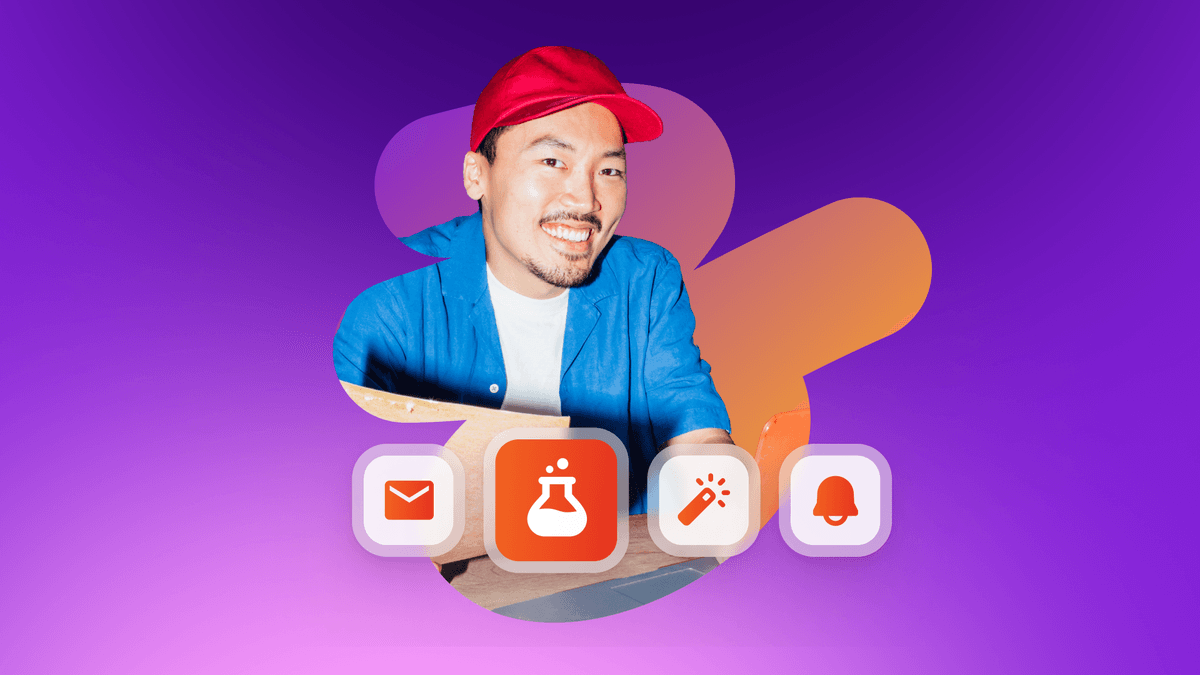
What is a multi-armed bandit? Smarter experimentation for real-time marketing
December 08, 2025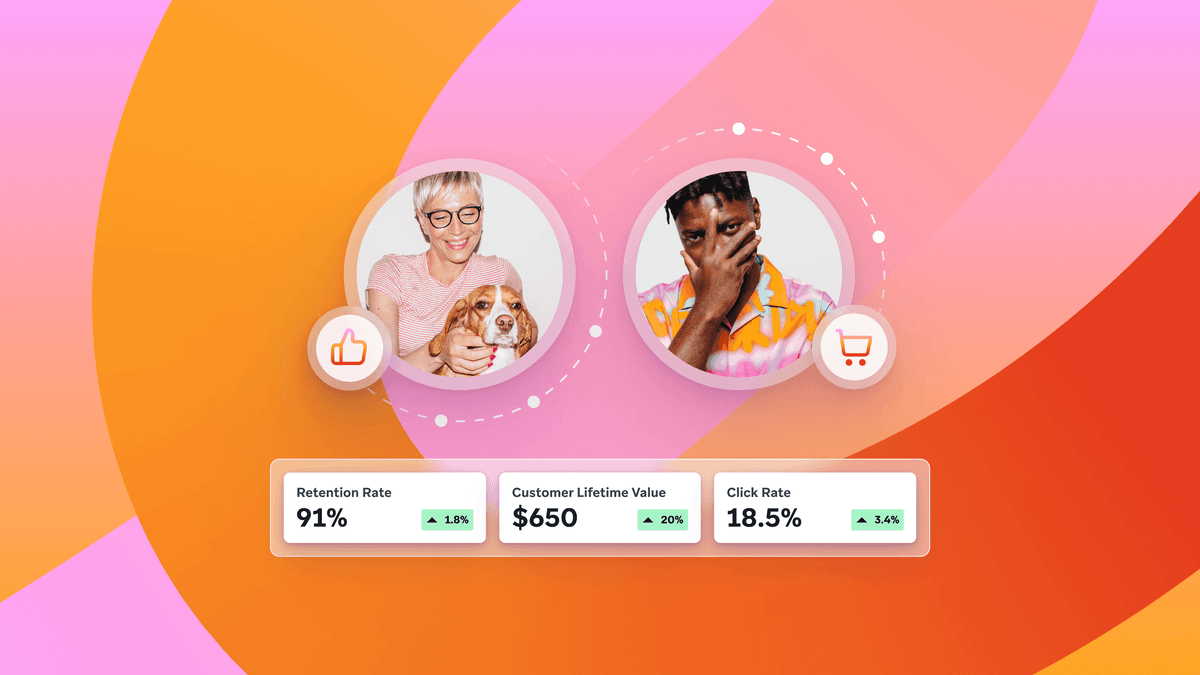
Data-driven decisions: How startups can use reporting and analytics to enhance customer engagement
